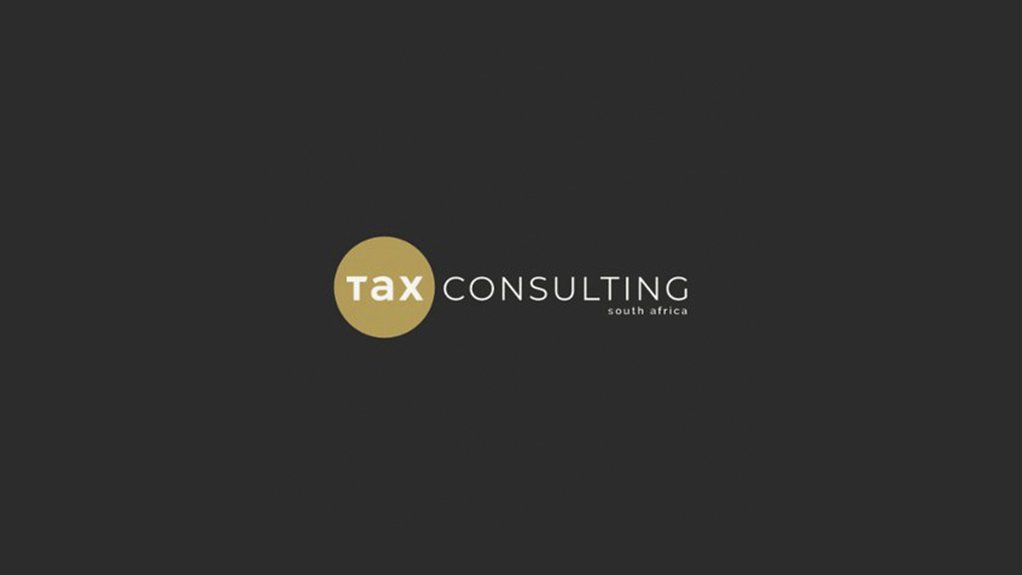As South African households continue to feel the squeeze of rising living costs in the form of food, fuel, electricity, and education while salary increases remain modest or non-existent, the pressure is mounting on employers to offer more value without increasing spend.
The answer lies in flexible benefits: a strategic, cost-neutral mechanism that helps employees make more of what they already earn.
International studies suggest that between 54% and 68% of employees would like to have more flexibility when it comes to benefits. Another report states that for over 40% of workers, customised benefits would strengthen their sense of company loyalty.
A Shift Is Happening in Retail: Is Your Business Ready?
More and more retailers are also rethinking how they structure their remuneration. Instead of default, one-size-fits-all benefits, they are turning to flexible packages that allow employees to customise their earnings mix in a tax-efficient way. This shift is more than a passing trend. It is becoming a benchmark for competitiveness.
Retailers who have adopted this approach are already reaping the rewards: higher engagement, better retention, and a stronger employer brand. And while some employers still hesitate, the gap is widening. Staying rigid could mean losing valuable talent to organisations that are willing to innovate.
Why the Timing Matters: Bracket Creep Is Quietly Draining Paycheques
One of the most overlooked threats to take-home pay is bracket creep, the “silent tax” that happens when income edges into a higher tax bracket without real growth in purchasing power. The South African Revenue Service (SARS) has left individual tax brackets unchanged for the second year, despite inflation.
This means even modest increases, whether in salary or fringe benefits, can push employees into higher tax brackets, leaving them with less disposable income despite earning more on paper.
Flexible benefits offer a practical way to counteract this erosion by giving employees greater control over how their total package is allocated.
Flexibility in Action: When Employee’s Needs Drive Package Structuring
Here is how flexible structuring helps employees navigate financial pressure:
- Adapting for Health Needs
An employee with a sick dependent can opt for a more comprehensive medical aid, sacrificing a portion of their cash salary for better coverage, without needing a raise.
- Boosting Cash Flow
Another may scale down retirement contributions to free up take-home pay, especially in light of the new Two-Pot retirement system, which makes early access to funds more complex and costly.
- Customising Insurance Cover
Someone without dependents may reduce unnecessary death or disability cover and redirect the value into monthly income.
In each case, the employee’s needs drive the package, offering both relief and empowerment.
Empower Your Workforce and Stay Competitive
Adopting flexible benefits is not just about responding to economic challenges; it is about future-proofing your business. Employees want more control, more relevance, and more value from their compensation. Offering that flexibility strengthens:
Financial resilience for your workforce
- Retention of top performers
- Your positioning as a progressive employer
- And crucially, it can all be done without increasing your payroll costs.
Final Thought: Catching Up Isn’t Optional
In a sector where skilled retail talent is already hard to find and harder to keep, offering flexibility is a strategic imperative. More retailers are making the shift. The real question is whether your organisation will be ahead of the curve or playing catch-up?
Written by Tanya Tosen, Tax and Remuneration Specialist at Tax Consulting SA
EMAIL THIS ARTICLE SAVE THIS ARTICLE ARTICLE ENQUIRY
To subscribe email subscriptions@creamermedia.co.za or click here
To advertise email advertising@creamermedia.co.za or click here











